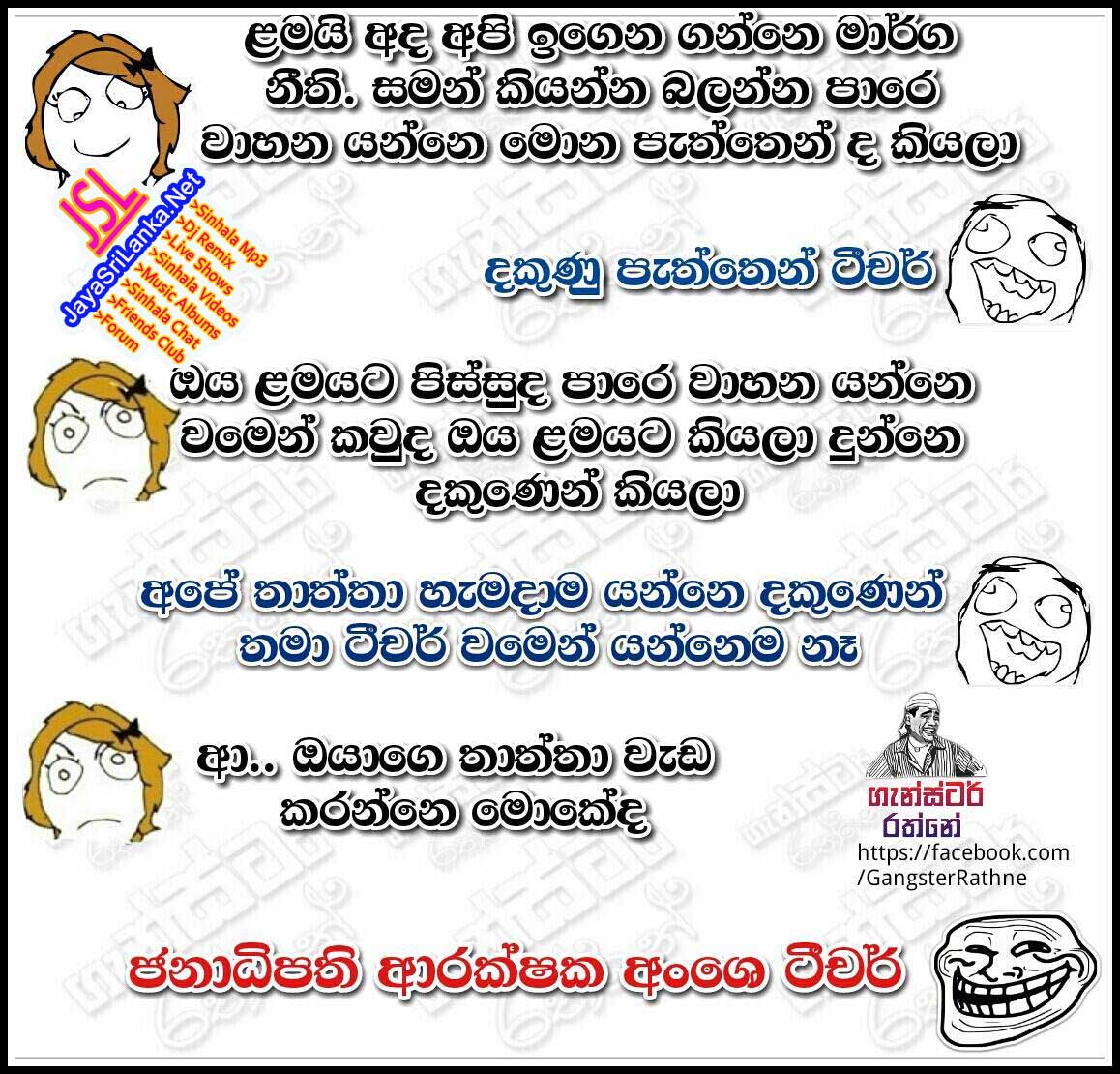

ken/ -chen, 15th century-on): bodkin, cannikin, catkin, lambkin, manikin, napkin, pannikin, ramekin, welkin (OE wolcen) -ey/ -ie/ -y (Scottish-Dutch dim., 15th century-on): cookie (1703), daddy (c.ultat-): culottes, harlot (13th century), Charlotte, Diderot, Lancelot (1180), Margot, Peugeot, Pierrot -ot/ -otte (F ablaut or assimilative dim.1300), puppet (16th century), rabbit (1380), Sagitta, señorita, spaghetti, suffragette, swallet (c. 1400), gambit (1656), kitchenette, marionette, minuet, oubliette, palette, pallet (1350s), parquet, poppet (c. -et/ -ette/ -etti/ -etto/ -it/ -ita/ -ito/ -itta (F-S-I-L diminutive -itat-): amaretto, burrito, cigarette, clarinet, courgette, diskette, fajita, falsetto, faucet (c.1300 ML quaccula), rail (1320 L regula), rail (1460 VL rasculum), rail (1450s VL ragula), roll (c. 1300, ME gridel, F gredil, VL graticula cognate with E hurdle), grille (1661), jail (1250s F jaiole, nF gaiole, VL gabiola, L caveola), mail (1320 L macula), pill (1400), quail (c.

iol-): broil (14th century F brusle), broil (15th century VL brodicula), griddle (c.

The most common include shortening a longer name (e.g., " Pete" for Peter) or adding the diminutive suffix / i/ (" movie" for moving picture), variously spelled -y (" Sally" for Sarah), -ie (" Maggie" for Margaret), and -i (" Dani" for Danielle). Productive diminutives are infrequent to nonexistent in Standard English in comparison with many other languages. Indo-European languages Germanic languages English Įnglish has a great variety of historical diminutives adopted from other languages but many of these are lexicalized. 1.1.1.2 Loanwords and native English words using foreign-language diminutives.1.1.1.1 Native English endings that could be seen as diminutives.


 0 kommentar(er)
0 kommentar(er)
